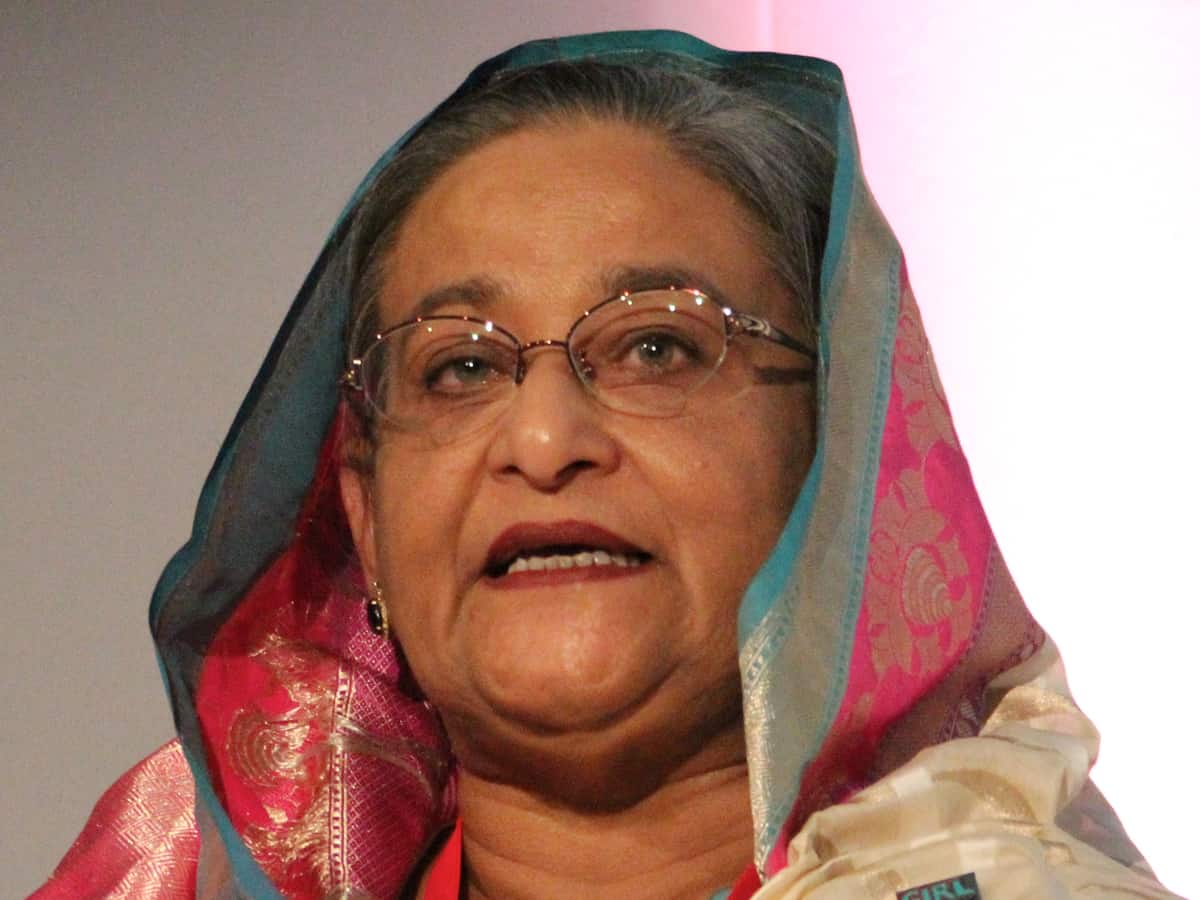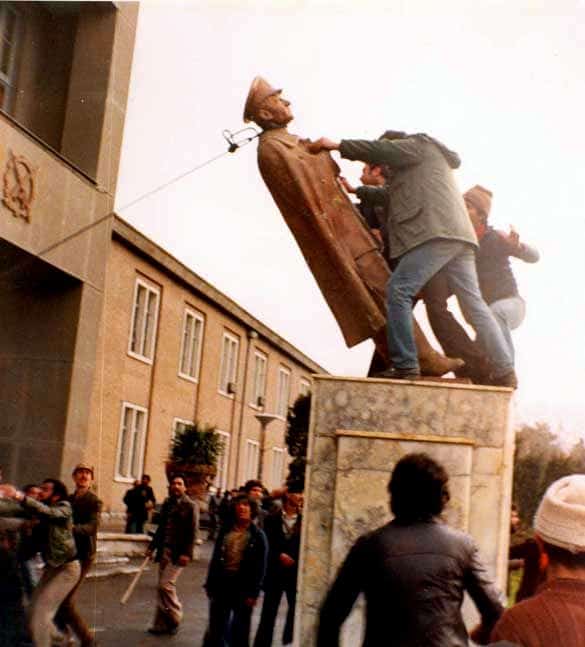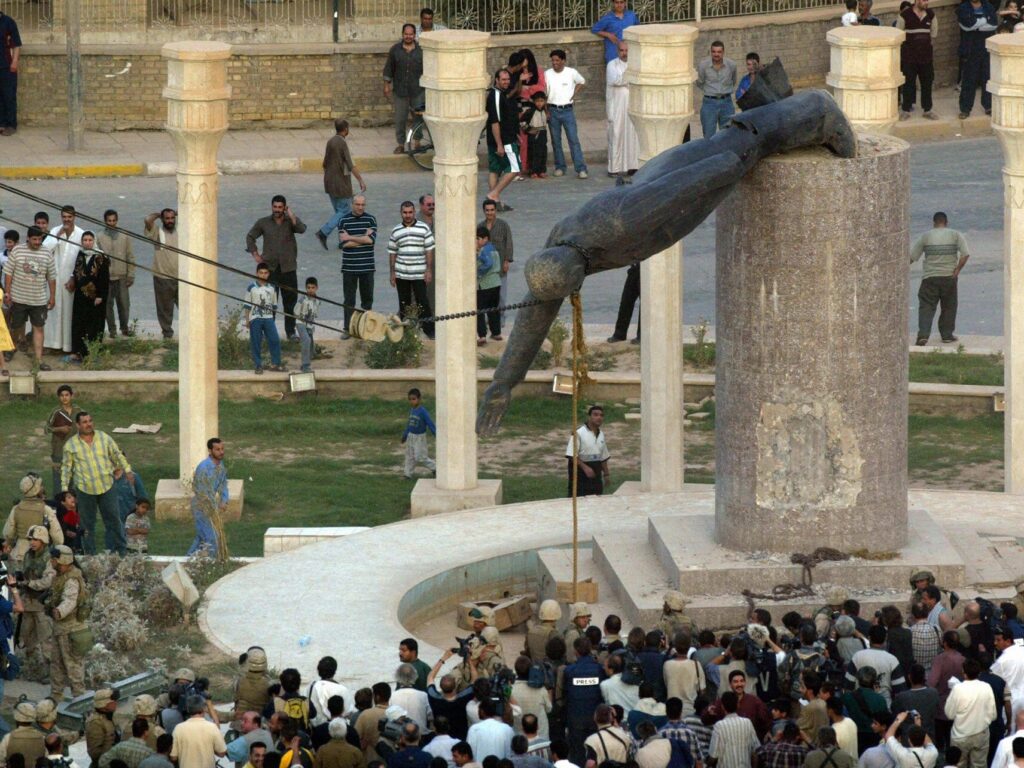
Sheikh Hasina’s surreal rise and fall is “the normal” with leaders who come to power riding high on public sympathy, suffering personal tragedy or as messiahs to the growing hardships of the people.
And once entrenched take the same authoritarian route as their predecessor getting disconnected from the people who ushered them to power. History is full of such tearful and unceremonious departures of leaders who were once “God” to their people. Their ubiquitous statues gracing arcades, avenues, and public places were desecrated and demolished by their disgruntled supporters.
Sheika Hasina ruled Bangladesh for almost fifteen years as the longest-serving Prime Minister turning Bangladesh into an emerging “Asian Tiger” due to its high economic growth and per capita income exceeding that of India. She turned the country on its ears and herself into an authoritarian ruler putting dissent down brutally.
As discontent grew, she became more repressive resorting to arbitrary arrests, enforced disappearances, extrajudicial killings, suppressing newspapers opposing her, harassment of journalists, alienating students, and rigging elections. The increasing deficit in democratic governance led to a disastrous disconnect with the people who became increasingly agitated resorting to violence and disruption of daily life, leaving her no choice but to flee and take refuge in India.
Her son seems unaware that leaders who get disconnected from the masses meet the same fate as his mother and is sparing no occasion venting anger and chastising his compatriots calling them ungrateful for chasing out his mother and desecrating and demolishing the huge statue of his grandfather, Sheikh Mujibur Rehman, Aka Bangla Bandhu, founder of Bangladesh.

Bangladesh’s politics seems to be under an evil spell. Since its breaking away from Pakistan in 1971 and becoming Bangladesh, it went through about twenty-five or more upheavals big and small, bloody and peaceful. Every change accompanies vendetta and the settling of scores to some degree or the other.
Vengeance and vendetta unfortunately have been at their worst since the entry of the two begums, notoriously nicknamed “battling Begums”, Begum Khalida Zia and Begum Hasina Wajid. And in the past two decades, the begums have been voted in and out of office. Their rivalry defines the fickle aspects of Bangladeshi politics.
The former is the president of the Bangladesh National Party, BNP founded by her late husband, Zia ur Rehman, COAS Bangladesh Army, who became the sixth President of Bangladesh, was assassinated by a faction of officers of the army. Hasina Wajid is president of Awami League a party established by her father Sheikh Mujeeb Rehman, who was assassinated ruthlessly along with many of his family members in 1975 by a group of Bangladeshi Army personnel.
While Hasina blames the Americans for her fall refusing introspection of her imperious imperviousness, this is a refrain common to all paranoid dictators who are necked out by objectified people.
‘All fall down’
History has many retrospective corrections. Statues of the Iranian Monarch Mohammed Reza Shah Pahlavi and that of his father Mohd Reza Khan were vandalized and pulled down in the late seventies as the Shah fled the country facing a similar uprising against his rule.

Like Hasina, he blamed the Americans for his downfall reminding his people of the White Revolution he ushered and the emancipation of Iranian women, etc. Statues of Lenin and Stalin were pulled in the former Soviet Union in the late nineties. Iraqi dictator Saddam Hussien’s statue was pulled down in 2003, though orchestrated by the invading American forces, providing a tank recovery vehicle to bring down the huge statue.

Colonel Muammar Gaddafi of Libya, who disposed of King Idris in the 1969 coup ushering reforms and assuring a new Libya free of monarchial restraints. He titled himself Brother Leader and Guide to the Revolution. Moving around Tripoli in a battered yellow 1965 Beetle, promising a house for every Libyan.
He became the darling of the Libyans and millions of Arabs in neighbouring Arab lands when an American Air Force F-111 jet was shot down by his anti-air units in a 1986 bombing raid by the Americans over Libya.
But with time he lost touch with the masses becoming dictatorial, silencing dissent ruthlessly and adopting crazy and insane measures like keeping a battery of female personal guards. He was hounded out of his formidable palace, and his statutes brought down. He had to take refuge in a drainage pipe before he was shot dead, some say by his bodyguards to avoid torture at the hands of the mobs.
Zine El Abidine Ben Ali was another Arab autocrat. President of Tunisia for 23 years he had to flee to Saudi Arabia in 2011 after his countrymen took to the streets protesting his oppressive rule, lack of civil life and jobs for youth. Like Hasina, he opened the economy restructuring to increase annual growth, but with a matching rampant corruption, nepotism and intolerance to dissent that flew in his face.
There are many more who went down unceremoniously and refused to learn from history. Voices of the masses must be transmitted to the powerful. To quote Czechoslovakian dramatist Vaclav Havel, “In such a world full of ruthless economics, fanaticism and tribalism our survival depends on the degree to which we accept responsibility for ourselves and the world.”



